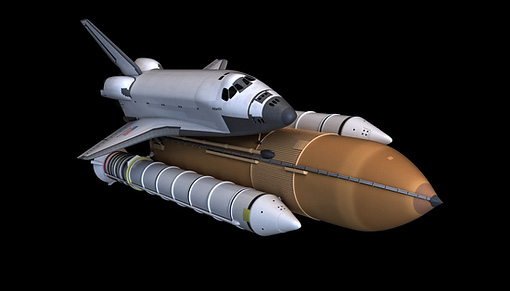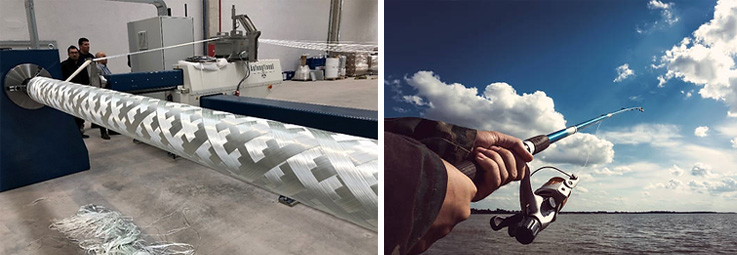Fiber winding is a technology that creates composite structures by wrapping fiber-reinforced materials around a mandrel or template. Beginning with its early use in the aerospace industry for rocket engine casings, fiber winding technology has expanded to a variety of industries such as transportation, marine, and even sporting goods. Advances in automation and robotics have opened up new possibilities for fiber winding, including the production of complex shapes and the use of thermoplastic tapes.
Fiber Winding Applications
Fiber Winding has a long history of producing axisymmetric shapes for a variety of applications including driveshafts, pipes, pressure vessels, tanks, poles, masts, missile housings, rocket engine housings and aircraft fuselages.
Fiber Winding: From Rockets to Race Cars
Fiber-wound has been a key player in the aerospace industry for decades, playing a vital role in the design and manufacture of rocket engines, fuel tanks and structural components. The high strength-to-weight ratio of fiber-wound composites makes them ideal for use in the harsh and demanding conditions of space travel.
One of the best-known examples of fiber-wound in the aerospace industry is the main fuel tank of the Space Shuttle. This massive tank weighs nearly 140,000 pounds and is made of composite materials with fibers wrapped around a mandrel. The complex design of the tank was critical to the success of the Space Shuttle program because it provided the strength and weight necessary to withstand the rigors of space travel.
From the skies to the race track, fiber-wound is also used to create high-performance sports equipment. The strength and durability of fiber-wound composites make them ideal for use in racing components such as driveshafts and suspension parts. Additionally, the customizability of filament winding allows manufacturers to create unique shapes and designs that are optimized for optimal performance.
Fiber Wrap in the Marine Industry
Fiber-wound is also making waves in the marine industry, where it is used to create a range of products from boat hulls to mooring rods. The strength and durability of fiber-wound composites make them ideal for use in harsh marine environments where corrosion and abrasion are common challenges.
One of the most creative applications of fiber wrap in the marine industry is the fabrication of custom fishing rods. The use of fiber wrap technology allows manufacturers to create unique, lightweight and high-strength fishing rods that are optimized for specific types of fishing. Whether you’re trolling for marlin or casting for trout, fiber wrap helps create a better fishing experience for anglers everywhere.
Post time: Oct-17-2024








